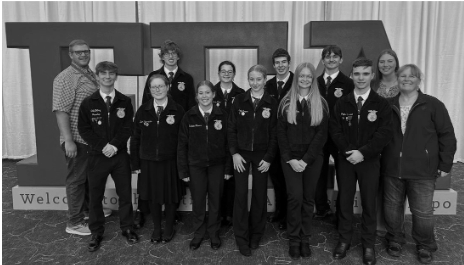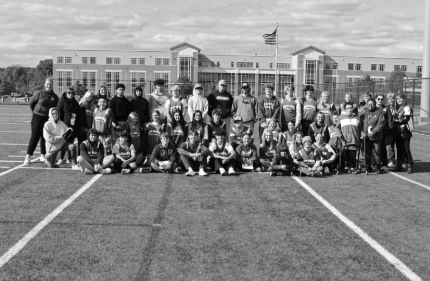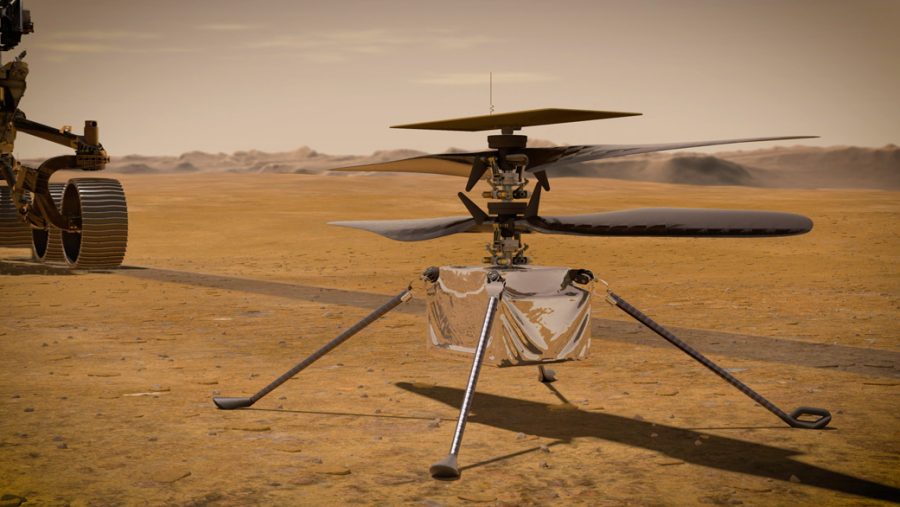First flight on another world; New Possibilities with Mars Helicopter
The copter is NASA’s latest ground breaking accomplishment. Ingenuity is a step in the direction, to broaden the horizon for space travel in the future.
May 11, 2021
Built by the National Aeronautics and Space Administration (NASA), named Ingenuity, it is the first helicopter that is able to fly on a different planet.
The copter took flight on July, 30, 2020, attached to the belly of the Perseverance rover at Cape Canaveral, Florida. On February 18, 2021, the rover landed on the Jezero Crater on Mars. When the Perseverance rover reached a suitable spot on Mars, its protective shield dropped out followed by the copter itself.
The helicopters main purpose is to be a demonstration to test the technology used for the first powered flight on Mars. Ingenuity achieved its goal with the completion of three successful flights.
NASA explained, “For the first flight on April 19, 2021, Ingenuity took off, climbed to about 10 feet (3 meters) above the ground, hovered in the air briefly, completed a turn, and then landed.”
The execution of the minimalistic task, is a major milestone in NASA’s eyes. The historic flight was the very first powered, controlled flight in an extremely thin atmosphere. And even more colossal, the first flight on a different world. Junior Gabe McGill agreed, “this is absolutely a huge milestone for people who like space but I can understand how the average person doesn’t have much interest in this subject.”
Lori Glaze, director of the Planetary Science Division at NASA headquarters, explained that Ingenuity could, “further expand our horizons and broaden the scope of what is possible with Mars exploration.” And McGill noted, “As of right now, all rovers sent to other planets have to travel by wheel, which greatly limits both the distance they can explore and the places they can reach. A flying rover will probably answer a lot of questions for NASA.”
In succession, the helicopter victoriously accomplished flying further distances and greater altitudes, during other experimental flights. “The most recent flight took place on April 30, climbing to an altitude of sixteen feet and then traveling 872 feet for a round-trip at around 117 seconds,” NASA revealed. “Traveling at such a far distance in such a short time, on a completely different planet, is astounding and an impressive step for the helicopter, ” Junior, Jamie Kavanagh said.
Ingenuity flies entirely on its own, with only minimal commands from Earth sent in advance. Thus, the helicopter must take off, fly, and land by itself and with almost no help from the NASA team. NBC notes, “Engineers and flight controllers will also have to deal with a communications lag, which means NASA won’t know how the helicopter performed — or even if it survives — up to a full day after.
Built to be strong and light, Ingenuity only weighs 4 pounds, is 4 feet in length, and can survive the harsh environment of Mars. And powered fully by solar panels, Lithium-ion batteries are provided with enough energy for one 90-second flight per Martian day.
Many are comparing Ingenuity to the original flights of the Wright brothers in 1903. Kavanagh agreed, “these test flights are the first of the future of NASA on Mars, and will lead a legacy the same way that the Wright brothers did so many years ago.” NASA revealed, “a postage stamp-size swatch of fabric from the Wright brothers’ first airplane, the 1903 Wright Flyer, was attached to a cable beneath the Ingenuity’s solar panel.”
“As a whole, the ingenuity helicopter and the rover has likely inspired a new generation of engineers who will probably be the ones constructing and designing the spaceships that may take humanity to Mars and maybe even beyond,” McGill concluded.












